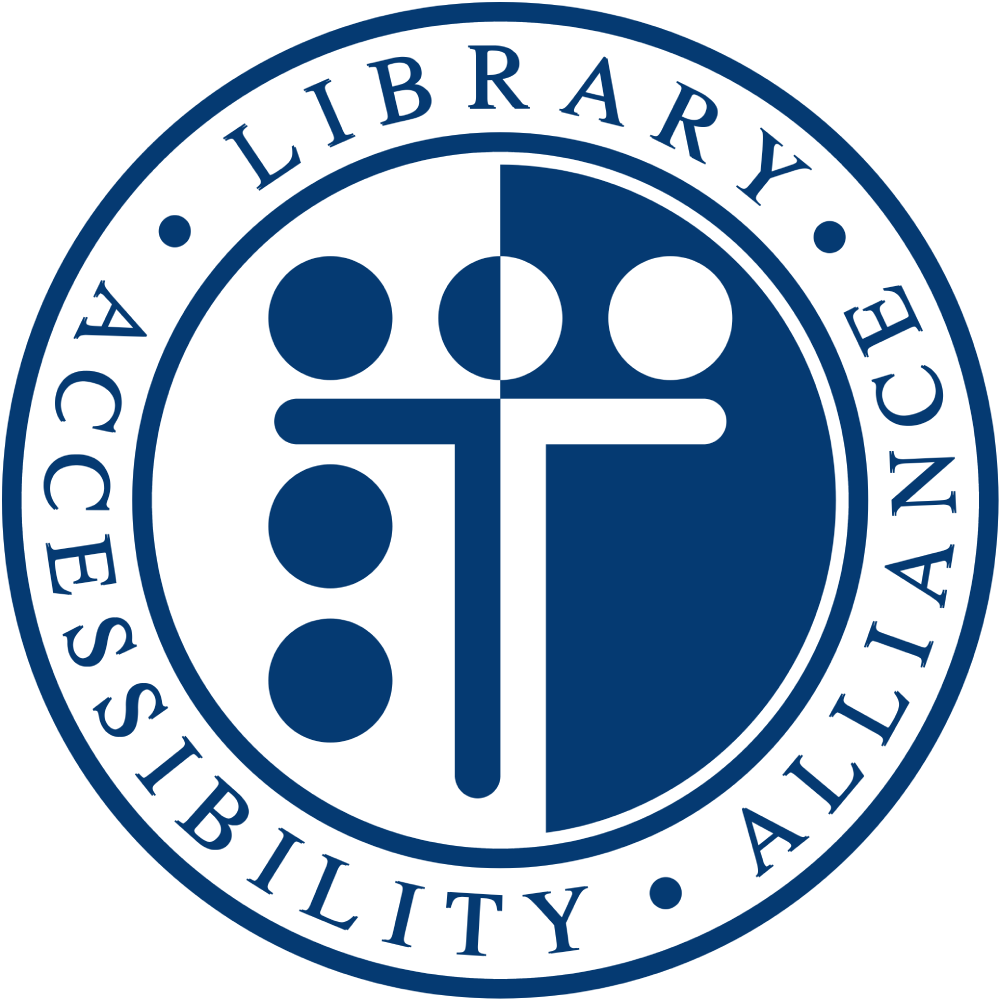This high-level assessment covers limited portions and functionality of the Rittenhouse’s R2 ebook platform. The assessment revealed issues with assistive technology compatibility, resulting in some users missing information required to understand content, states and operate functions. It is important to keep in mind that the findings represent a high-level assessment, and do not reflect the results of a Deque Comprehensive Web Assessment.
Top 3 Issues:
- Contrast (minimum) – There is a contrast issue in the footer on all pages as well as additional contrast issues on specific pages.
- Headings & Labels – There are several instances of buttons and links that have the same name but different functions.
- Keyboard – Within the advanced options on all pages the close button cannot be reached with the keyboard alone. There also several areas under submenu controls where expand/collapse toggles cannot be reached with the keyboard alone.
 Library Accessibility Alliance
Library Accessibility Alliance